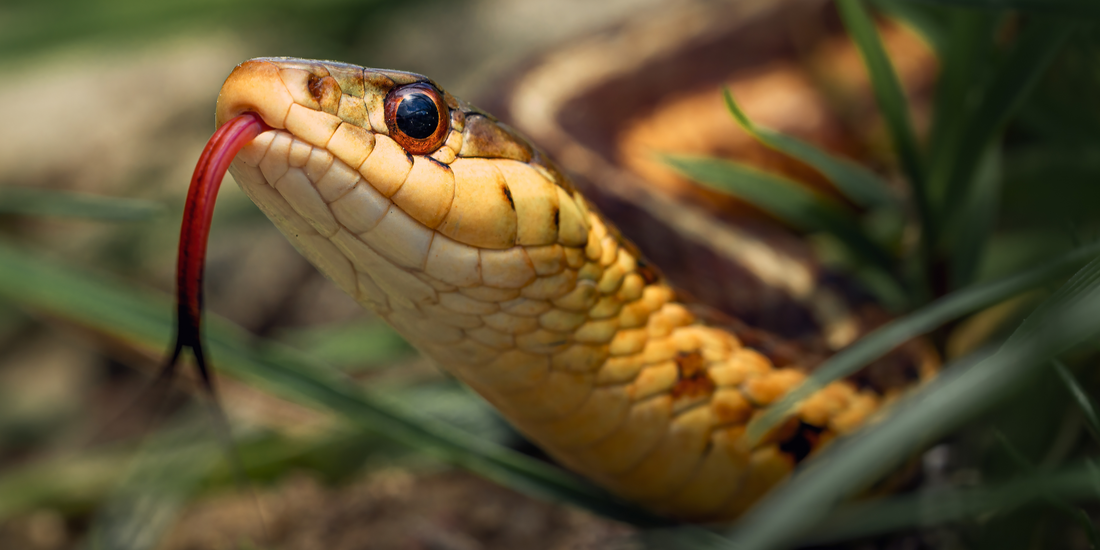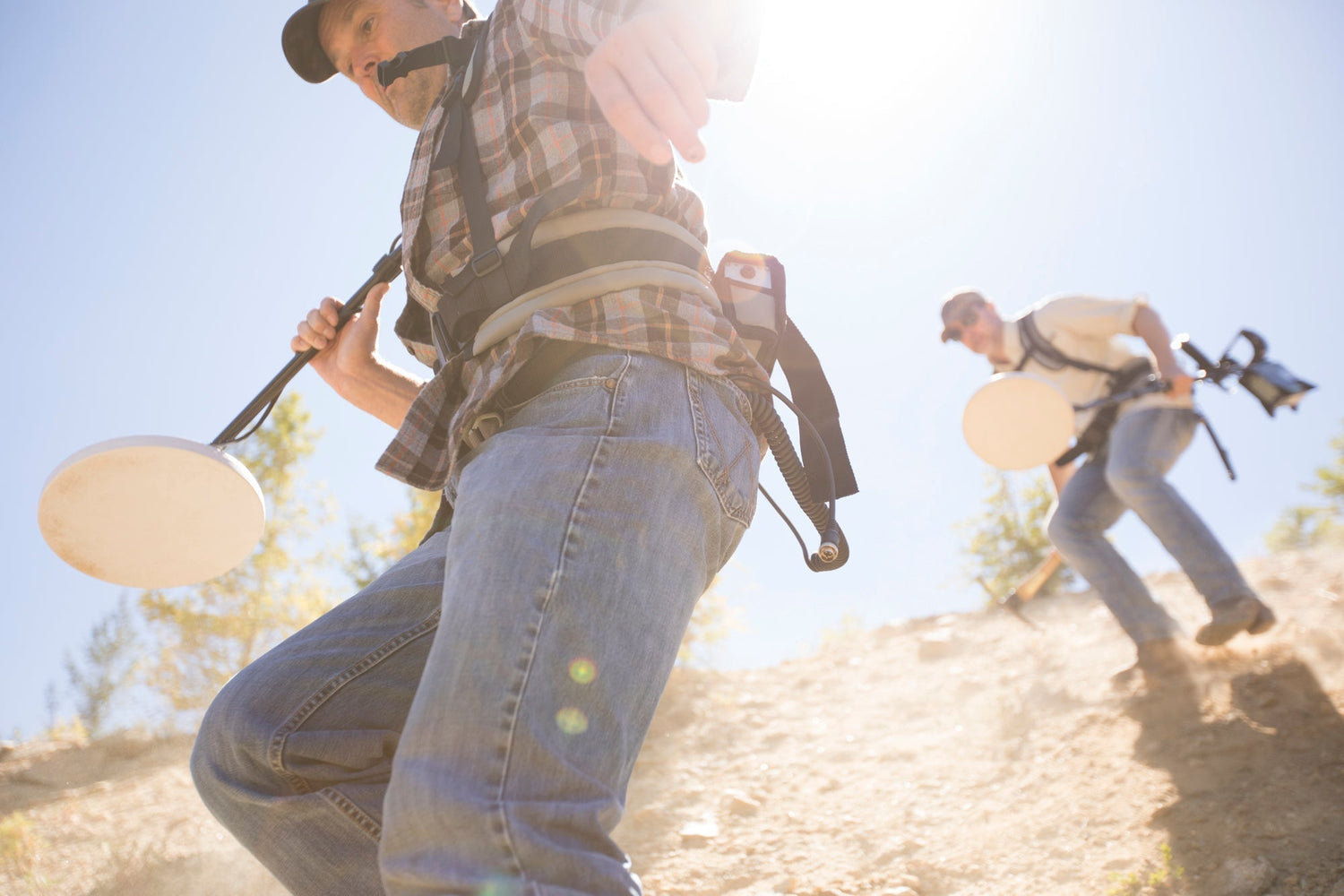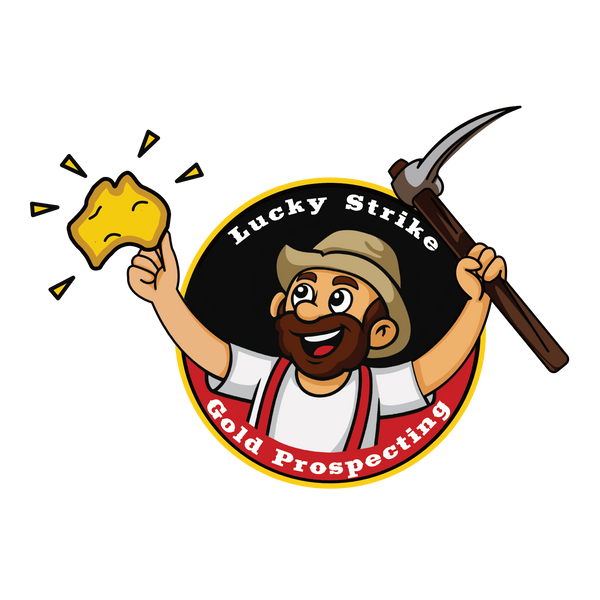
Snake Bites: What to Do If You Get Bitten
Share
Australia is home to some of the world’s most venomous snakes, including the Eastern Brown Snake, Taipan, and Tiger Snake. While snake bites are rare, especially when proper precautions are taken, it’s essential to know what to do in case of an emergency. Acting quickly and correctly can save a life.
Recognising a Snake Bite
Snake bites often happen when people accidentally step on or near a snake. Symptoms can vary depending on the species but commonly include:
- Sudden pain or fang marks (though sometimes not visible)
- Swelling and bruising around the bite
- Nausea, vomiting, or dizziness
- Sweating and rapid heartbeat
- Difficulty breathing or muscle weakness (in severe cases)
Statistics on Snake Bites, Hospitalisations, and Deaths
- Snake Bites in Australia: On average, there are around 3,000 snake bites reported each year.
- Hospitalisations: Approximately 300 people are hospitalised annually due to snake bites, requiring urgent care and anti-venom treatment.
- Fatalities: Fatalities are rare, with typically 1-2 deaths per year in Australia from venomous snake bites.
- Average Time to Death: Without treatment, the average time to death is around 12 hours. However, with immediate medical intervention, survival rates are high.
What to Do Immediately
If you or someone nearby is bitten by a snake, follow these life-saving steps:
- Stay Calm – Panicking increases heart rate, spreading venom faster.
- Call 000 Immediately – Even if symptoms seem mild, urgent medical attention is required.
- Apply a Pressure Immobilisation Bandage – Wrap a broad bandage firmly around the entire limb, starting from the bite site and working upward. The goal is to restrict venom movement, not cut off circulation. Apply the bandage 10 cm above and below the bite. If possible, wrap the bandage over clothing rather than removing garments, as unnecessary movement can worsen venom spread.
- Splint the Limb – Keeping the limb immobilised with a splint helps slow venom movement.
- Keep Still and Lie Down – Movement spreads venom more quickly. Keep the affected limb as still as possible and avoid walking. If help is on the way, remain in place rather than trying to reach assistance yourself.
- Do Not Suck, Cut, or Tourniquet the Wound – These outdated methods do more harm than good.
- Wait for Paramedics – They will transport the patient to a hospital for monitoring and treatment.
Important Notes
- Venom Injection Location: Snakes inject venom into the muscle or tissue of the limb, not directly into the bloodstream. However, if the person moves, the venom will spread to the bloodstream, causing faster systemic symptoms.
- Anti-Venom: The hospital does not need to know the type of snake for the anti-venom—only one type of anti-venom is now used in Australia for all venomous snake bites. One injection works for all species.
- Allergic Reactions to Snake Venom: Allergic reactions to snake venom are extremely rare—less likely than winning the lottery twice!
What Not to Do
Avoid these common mistakes that could worsen the situation:
❌ Do not try to catch or kill the snake – This increases the risk of another bite.
❌ Do not apply ice or heat to the bite.
❌ Do not drink alcohol or caffeine – They can speed up venom absorption.
Preventing Snake Bites
While encounters with snakes can’t always be avoided, taking precautions reduces the risk:
✔️ Wear boots and long pants in snake-prone areas.
✔️ Stick to well-trodden paths and avoid tall grass.
✔️ Use a walking stick to check under rocks and logs before stepping.
✔️ Never put hands or feet into dark holes or crevices.
✔️ Keep campsites and homes clear of debris where snakes may hide.
Final Thoughts
A snake bite can be a frightening experience, but with quick and correct first aid, survival rates in Australia are extremely high. Remember: Stay calm, call for help, and use a pressure immobilisation bandage. Keeping still and limiting movement is crucial—let help come to you rather than attempting to move. Taking precautions and knowing what to do can make all the difference in an emergency.
Stay safe and happy prospecting! ⛏️🐍





